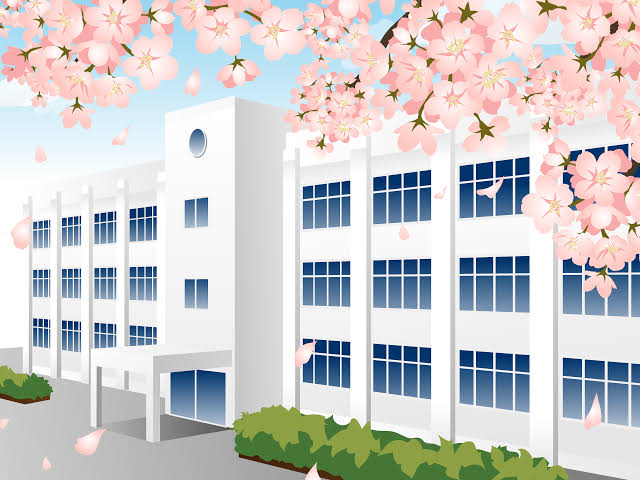塾頭山崎です。
今日も個別指導Victory学院のHPにお立ち寄り頂き
誠にありがとうございます。
中3生のNew Horizon Unit5 Read and Think①の
右のページを見ていきましょう。
Gandhi returned to India in 1915.
(ガンジーは1915年にインドに戻った)
India was also a British colony.
(インドもイギリスの植民地だった)
In those days, there was a law that the British
made for salt.
(そのころは、イギリス人が作った塩のための
法律があった)
(重要)この文が関係代名詞(目的格)の文。
「a law」(法律)がどのようなものなのかを
「that」以下の文が説明しています。(青字)
「that」の代わりに「which」でも可。
According to the law, only the British could
produce or sell salt.
(その法律によると、イギリス人のみが塩を
作ったり、売ったりできた)
They put a heavy tax on it.
(彼らはそれに重い税金を課した)
The Indians were very poor, but they had to
buy expensive salt.
(インド人たちはとても貧しかったが、高い
塩を買わなければならなかった)
The money went to the British.
(そのお金はイギリスに行った)
Gandhi thought it was unfair.
(ガンジーはそれは不公平だと思った)
In 1930, Gandhi decided to walk to the sea
and make salt himself.
(1930年にガンジーは海まで歩いて行き、
自分自身で塩を作ることを決意した。
He started with 78 followers.
(彼は78人の支持者と始めた)
Thousands of people joined him on the way.
(何千もの人々が途中で加わった)
After walking almost 400 kilometers, he
reached the sea.
ほぼ400キロ歩いた後、彼は海に着いた。
This non-violent march was called the Salt
March.
(この非暴力の行進は塩の行進と呼ばれた)
News of the march spread around the world.
(この行進のニュースは世界中に拡がった)
It showed people a new way to fight against
discrimination.
(それは人々に差別に対する新しい戦い方を
見せた)
Gandhi's peaceful fight continued after that.
(ガンジーの平和的な戦いはその後も続いた)
In 1947, India won independence.
(1947年にインドは独立を勝ち取った)
Non-violent protest is the legacy that Gandhi
left.
(非暴力の抗議はガンジーが遺した遺産です)
(重要)この文が関係代名詞(目的格)の文。
「the legacy」(遺産)がどのようなものなのかを
「that」以下の文が説明しています。(青字)
「that」の代わりに「which」でも可。
It has influenced famous leaders, such as
Martin Luther King, Jr. and Nelson Mandela.
(それはマーティンルーサーキングジュニアや
ネルソンマンデラのような有名なリーダーたち
に影響を与えてきた)
いかがでしたか。
たくさんの重要な単語がこのセクションには
ありますので、しっかりと暗記しましょう。
関係代名詞の「主格」と「目的格」の使い分けを
しっかりとできるようにたくさんの問題を
解きましょう!
今日はここまでです。
最後までお読みいただきありがとうございました。













